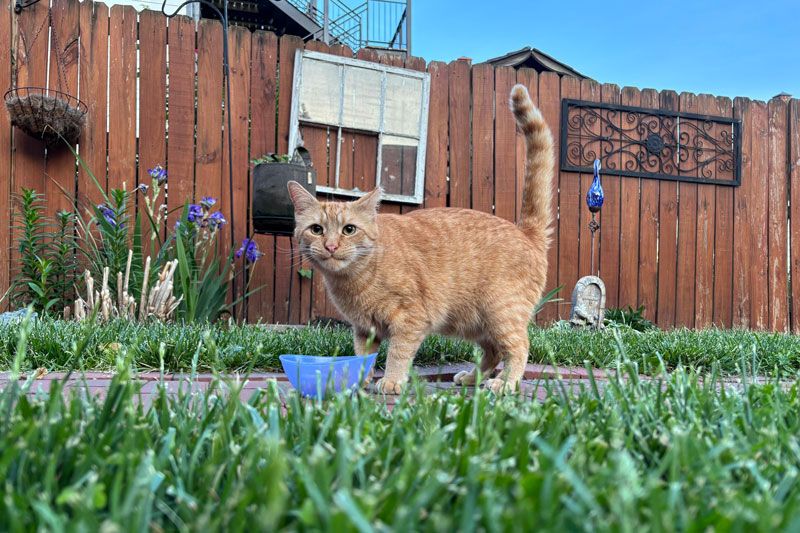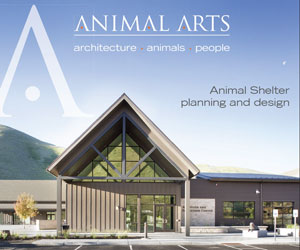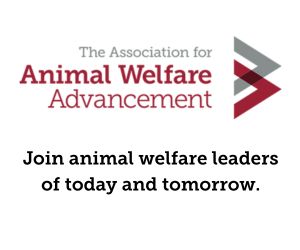Community cat feeding guidelines
Follow these smart feeding practices to protect cats, local wildlife and the community

Community cats, also referred to as feral or stray cats, often rely on human support to thrive, especially in urban and suburban areas. Feeding community cats can be a rewarding way to help your local felines, but it's important to follow smart feeding practices to protect the cats, local wildlife and the community.
When you feed community cats, it's crucial not to intentionally feed wildlife. Wildlife attracted to the food at cat feeding stations may prey on or injure the cats, transmit diseases to them or exhibit nuisance behaviors, such as rummaging through trash or damaging property. This can lead to conflicts with neighbors or property owners, with potential repercussions for the wildlife and the cats—and those who feed them.
By following these guidelines, you can help protect community cats and wildlife, maintain a safer environment, and keep the peace between cats and their human neighbors.
Know the laws
Be aware of any regulations regarding feeding community cats in your area. Consult your city or county ordinances or your local animal care and control agency to learn about any specific laws or guidelines that you need to follow.
Establish a feeding schedule
Consistency: Cats thrive on routine. Feed cats at the same time and place once or twice every day. Consistency helps cats know when to expect food and prevents them from scavenging.
Timing: Feed during daylight hours to avoid attracting nocturnal wildlife such as raccoons, opossums and skunks. Reducing interactions between cats and wildlife is good for everyone.
Backup plans: If you're going out of town, ask a friend or neighbor to feed the cats at their regular time while you're away.
Practice good hygiene
Clean dishes: Avoid placing food directly on the ground. Use clean bowls or plates and remove them after every use.
Portion control: Provide only as much food as the cats will eat at one sitting (approximately ½ to ¾ cup of kibble a day per cat, depending on the size and age of the cat and quality of the food). (Cats will eat about 15% more in cold weather.)
No leftovers: Remove any uneaten food, along with bowls, plates or cans, after 30 minutes to avoid attracting insects and wildlife, ensure freshness of the food and reduce the risk of disease.
Unlimited water: Always provide clean, fresh water along with the food.
Choose your feeding location
Use feeding stations: A designated feeding station can protect food from the elements and reduce the risk of attracting wildlife. Feeding stations elevated at least 6 feet above ground atop a smooth post (and fitted with a skirt of aluminum flashing) can deter animals such as raccoons and opossums who are unable to jump vertically. These feeding stations can also provide protection for community cats from predators if they're positioned at least 6 feet away from trees and other structures and provide two entrances/exits. Covered feeding stations may also protect cat food from vultures, pigeons and inclement weather.
Select a safe, quiet spot: Locate your feeding station away from busy roads, foot traffic and potential dangers. A secluded spot will help cats feel secure and reduce the likelihood of complaints.
Avoid sensitive habitat: Place feeding stations away from sensitive wildlife habitats to reduce predation on wildlife. If you're unsure where these habitats are, check with your local animal care and control or wildlife agency.
Steer clear of bird feeders: Don't feed cats on properties with bird feeders. Feeding cats near bird feeders increases the risk of predation by attracting cats and birds to the same location. To further protect birds, consider replacing traditional bird feeders with native plants that offer natural food sources and shelter and don't concentrate feeding in one area. Find more tips at humaneworld.org/cats-bird-feeders.
Monitor and adjust
Keep track: Keep a log of feeding times, individual cats and any health observations. Noting which cats show up regularly, the presence of new cats, and any signs of sickness or injury can help you better manage your cat population and arrange for veterinary care if necessary.
Conduct feeding area checks: Monitor the feeding area for signs of wildlife activity or other issues. Use motion-activated trail cameras periodically to see what happens at the feeding location when you're not around. If there are any problems, you may need to adjust your practices, such as by moving the feeding station or changing mealtimes.
Connect with trap-neuter-return resources
Ensure the cats you feed are spayed or neutered and vaccinated through a local TNR program. TNR will enable you to manage the cat population humanely and introduce you to local advocates who can provide guidance and support if a cat you feed becomes ill or a community member complains about the cats.
Spay/neuter will also reduce the behaviors that typically generate complaints, such as spraying and fighting.
Maintain good community relations
Respect neighbors: Ensure your feeding activities don't disturb your neighbors. Communicate openly and address any concerns they may have. Learn about humane, effective strategies for keeping cats away from areas where they're unwelcome at humanepro.org/cat-complaints.
Spread the word: Tell others how good feeding practices can protect the cats they love. Also share our fact sheet on resolving conflicts between cats and wildlife at humanepro.org/cats-wildlife-resources.
Responsible feeding of community cats involves more than just providing food. By following these best practices, you can support the welfare of community cats while minimizing negative impacts on the ecosystem.
Document



